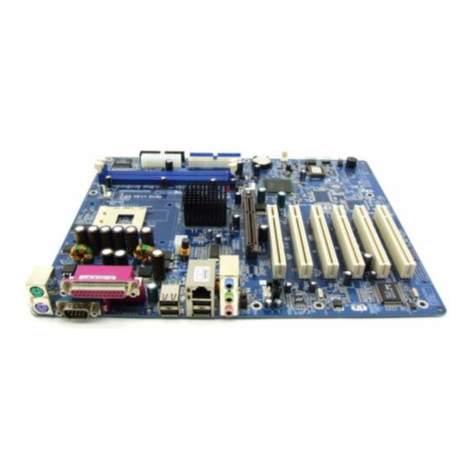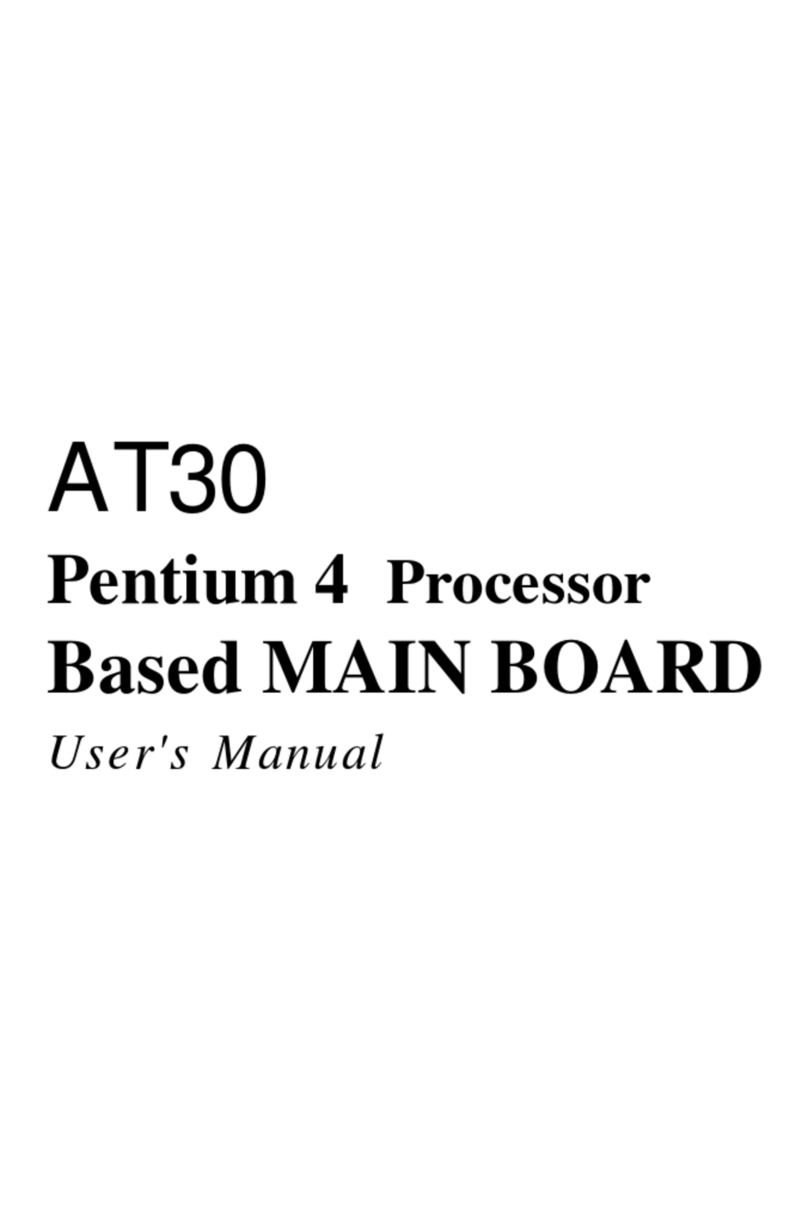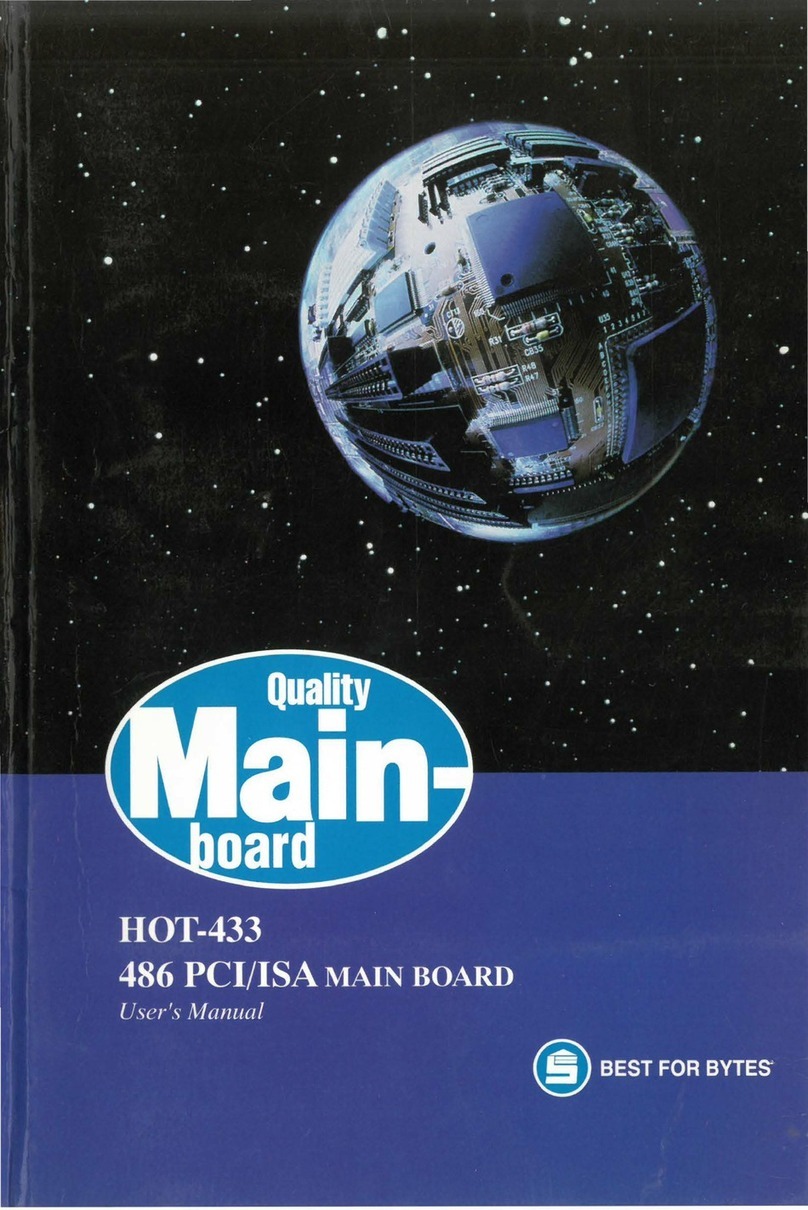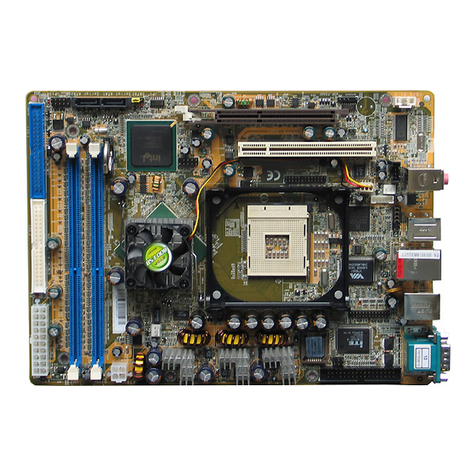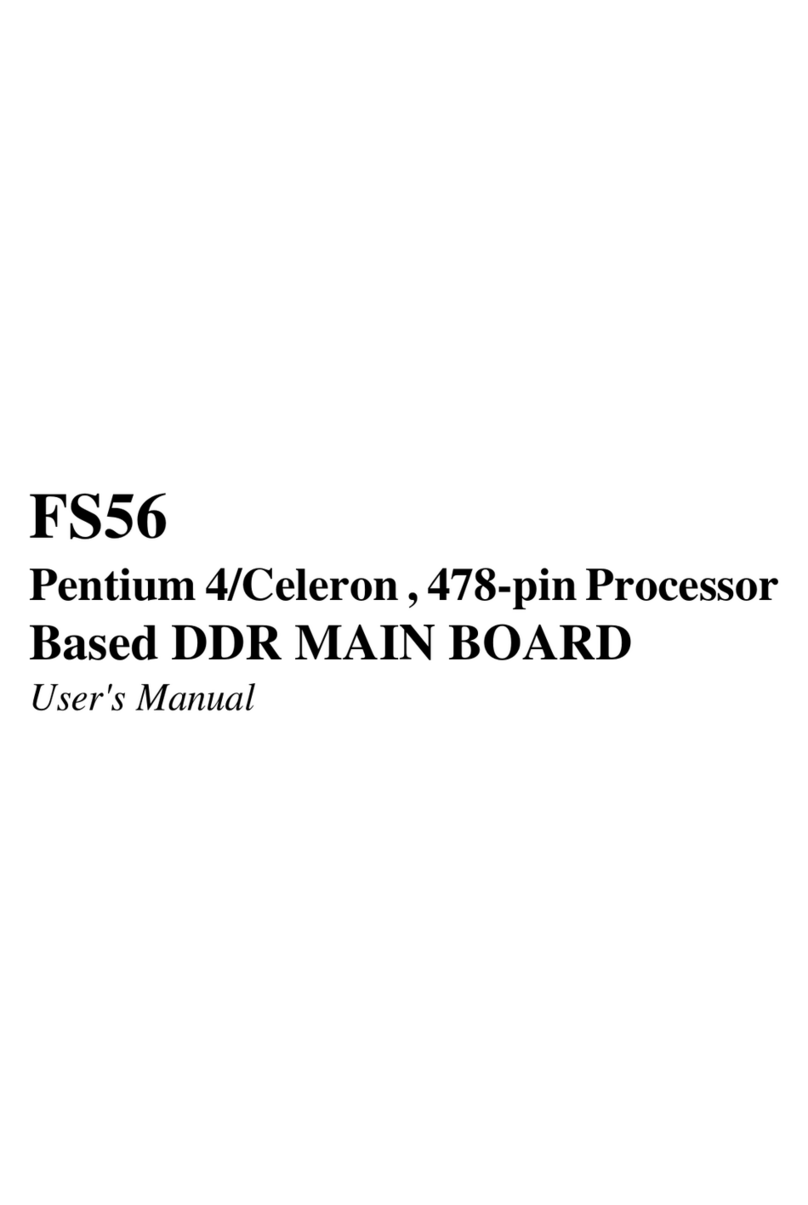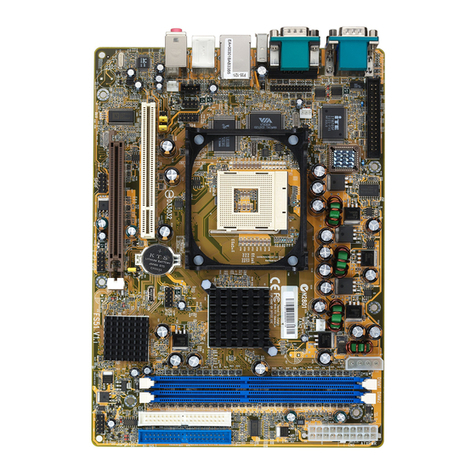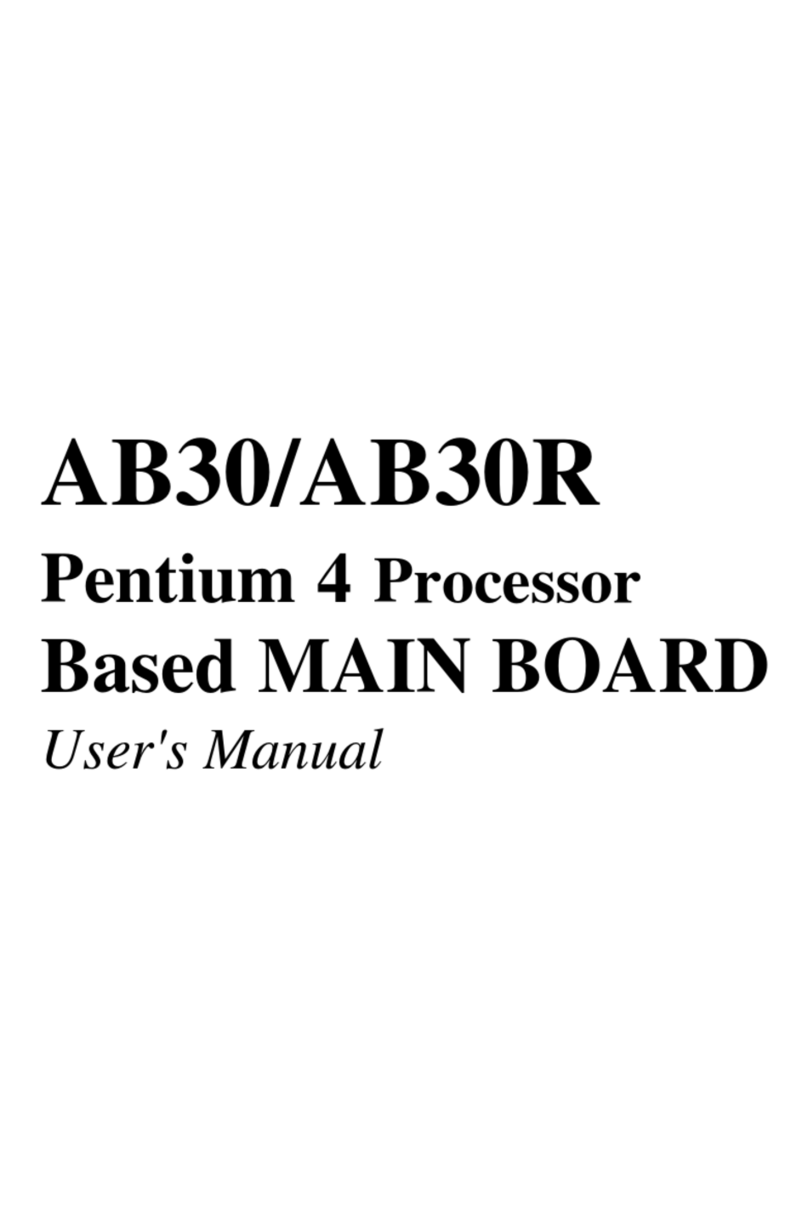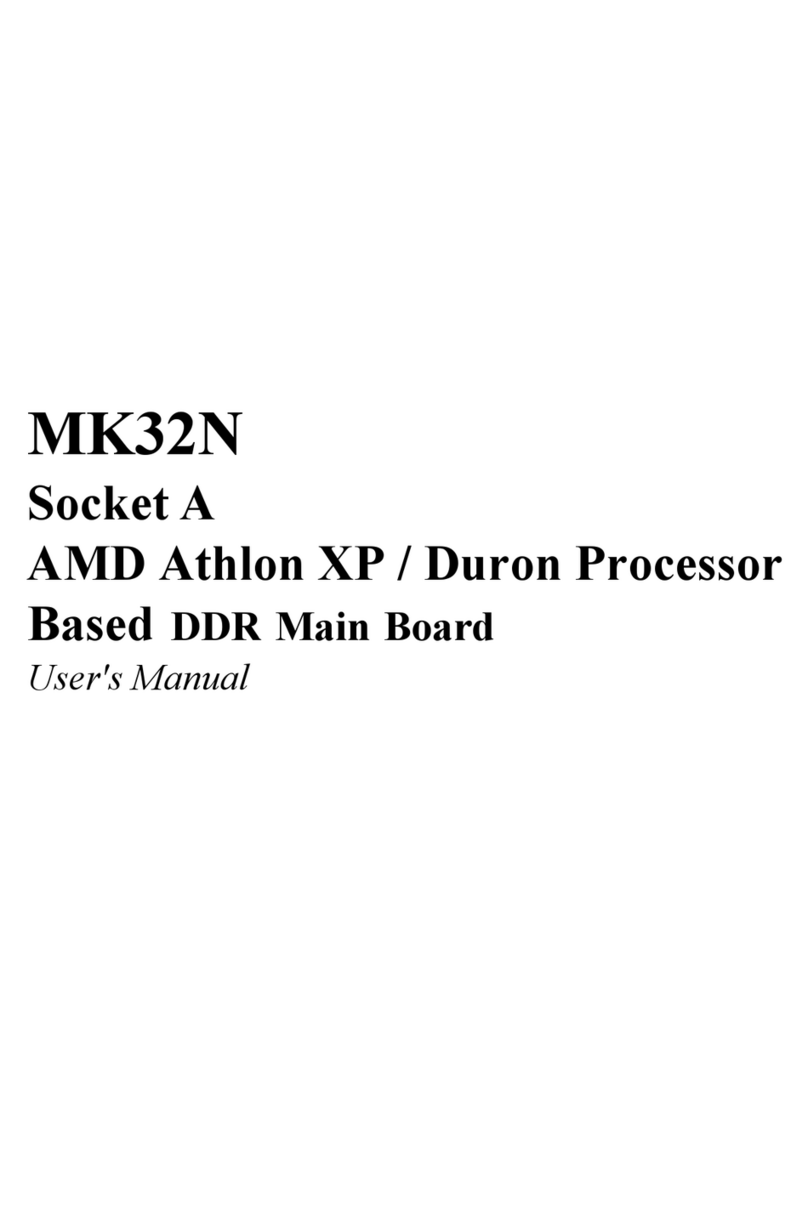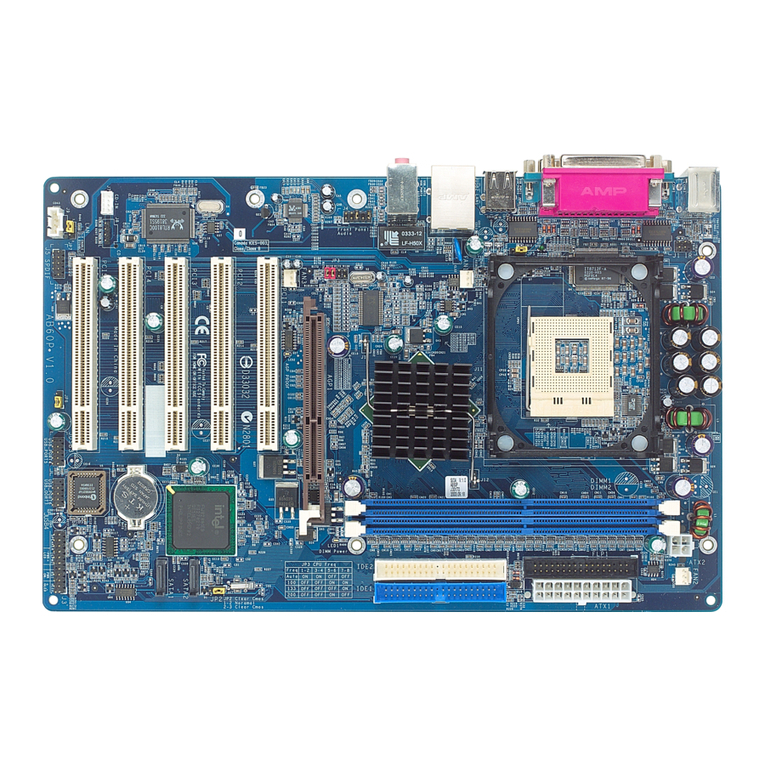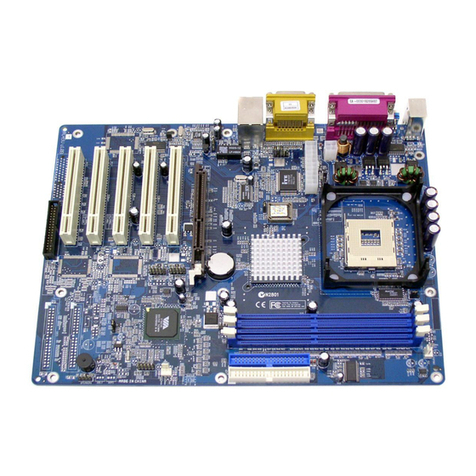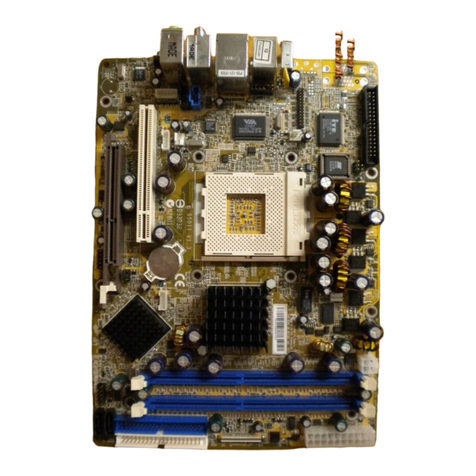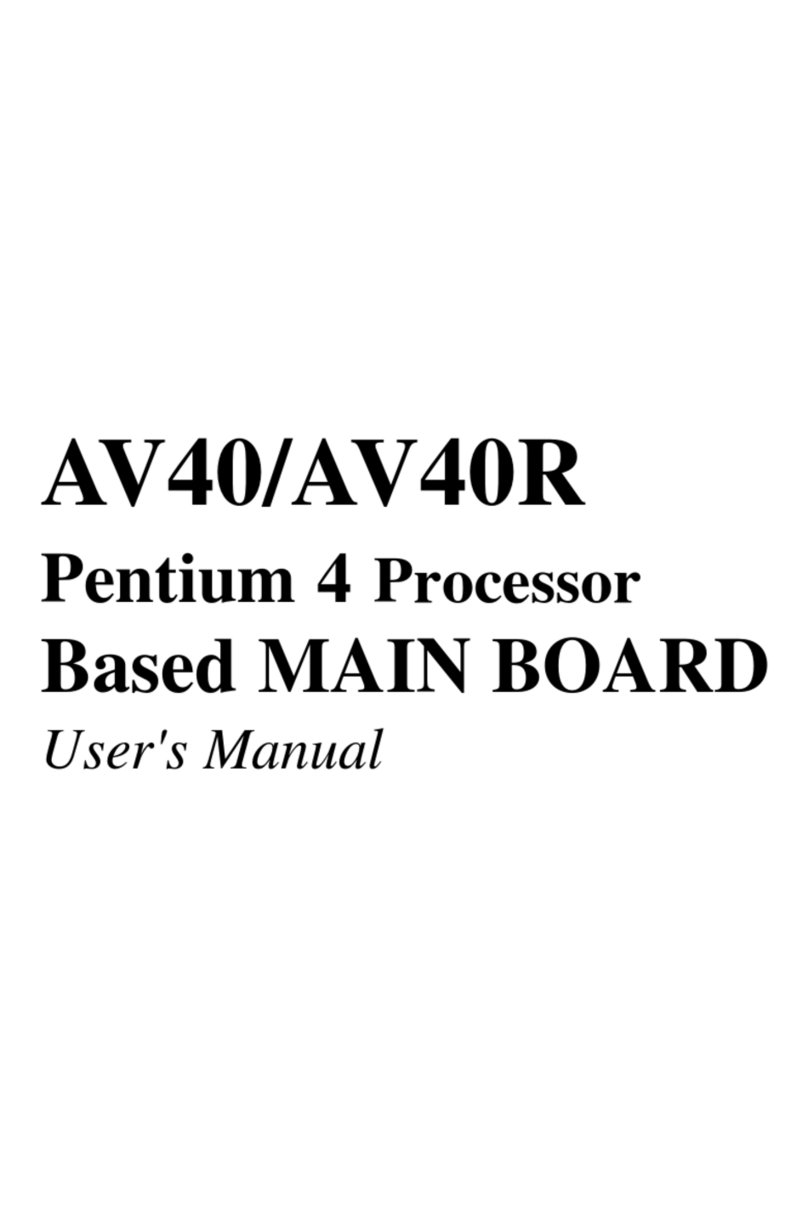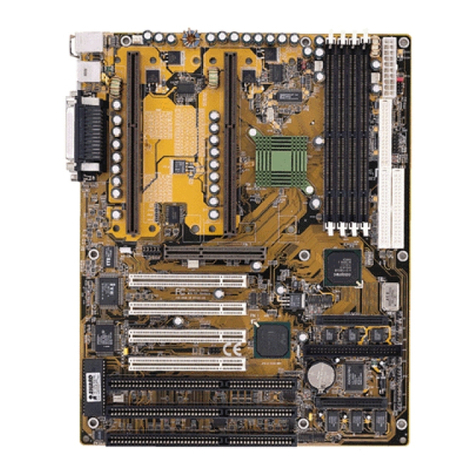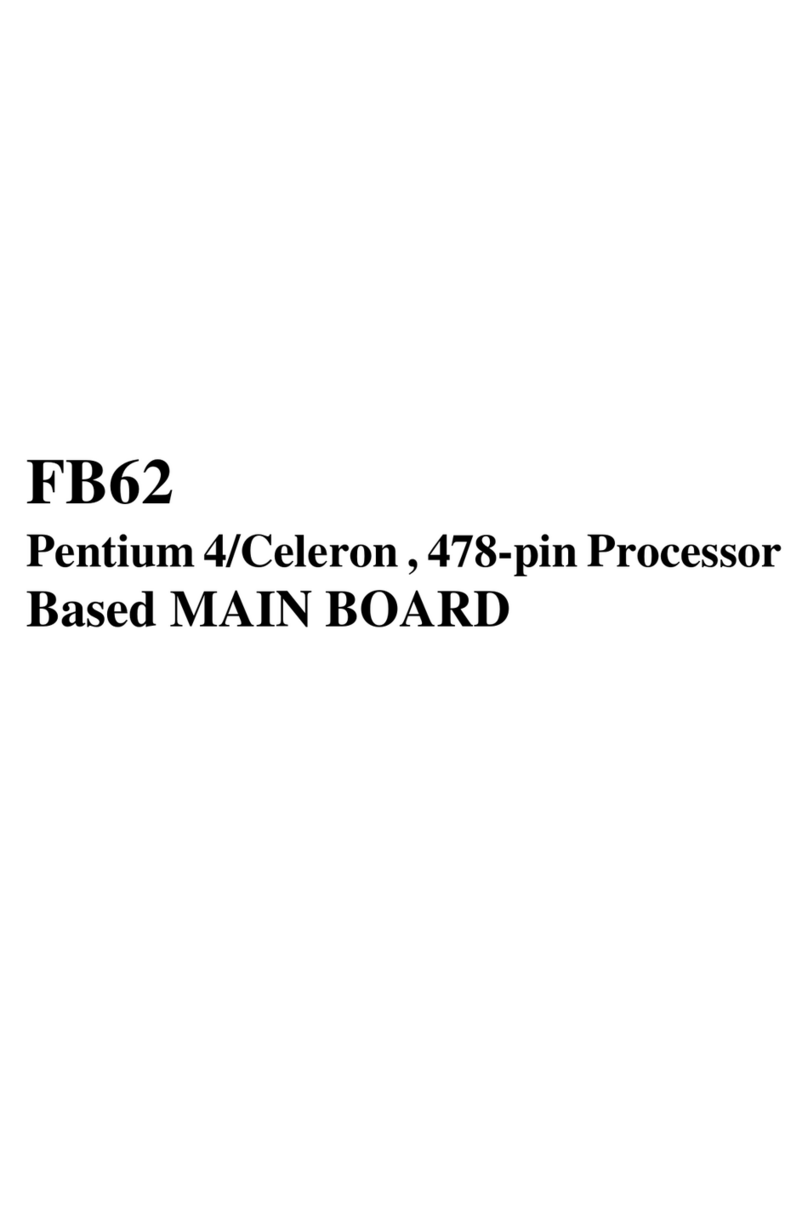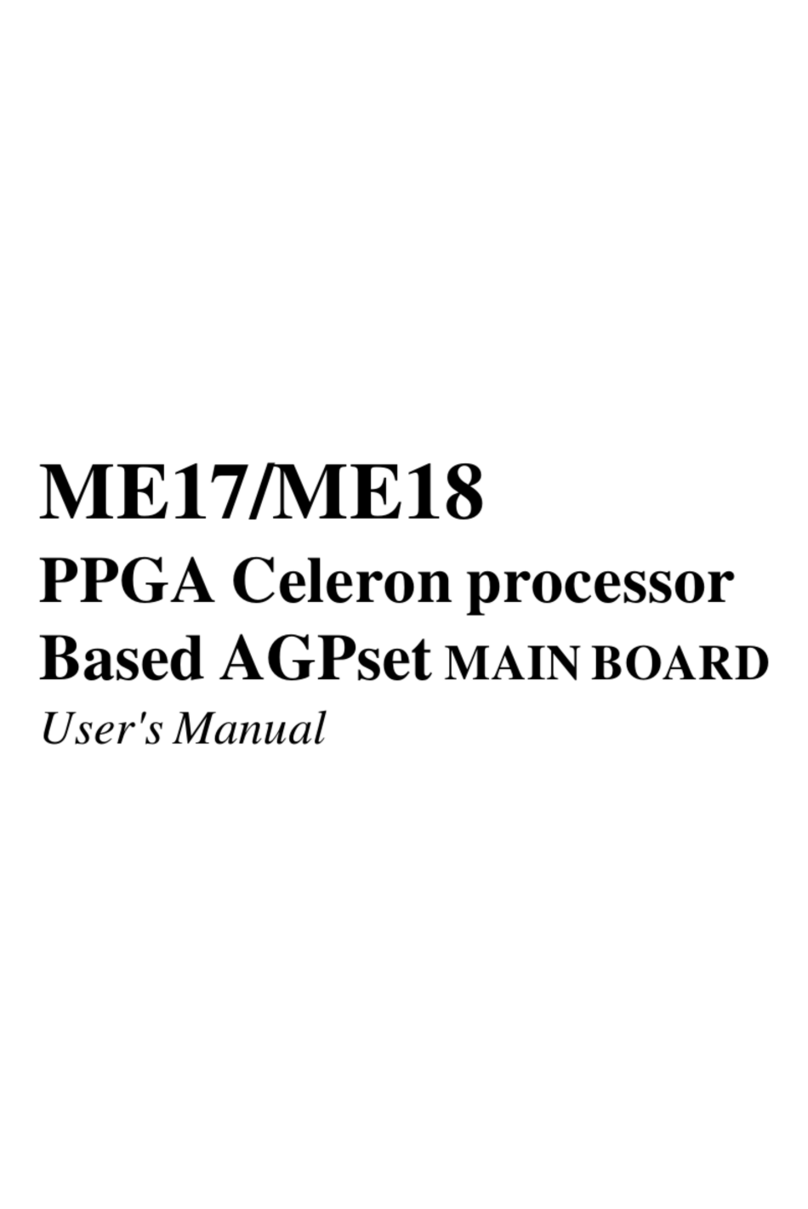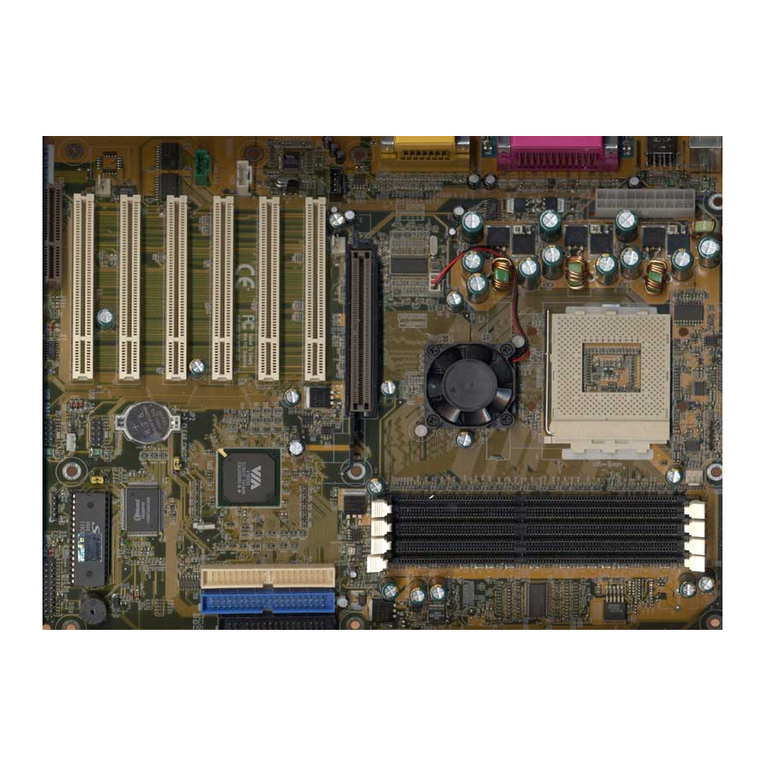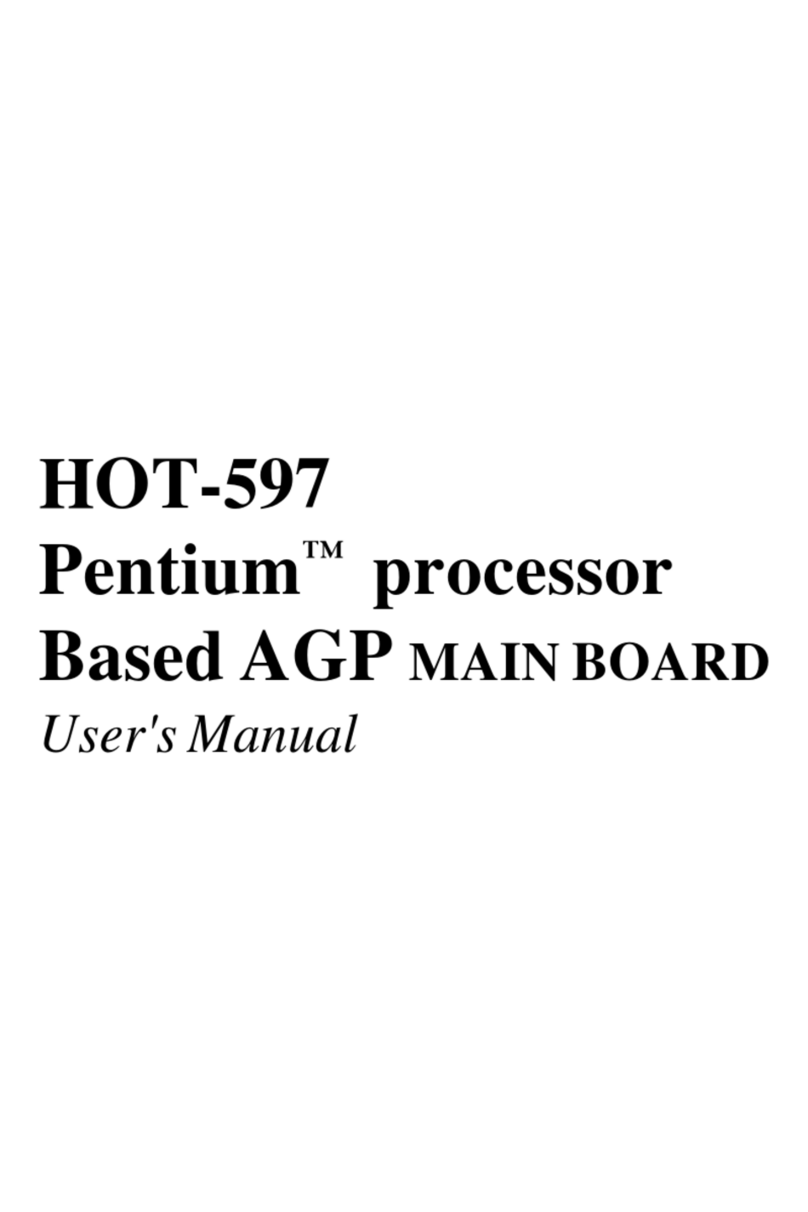
- 3 -
T
T
PREFACE ............................................................................................................. 4
CHAPTER 1 INTRODUCTION ...................................................................................... 5
Introduction ................................................................................................................................5
Accessories of HOT-679V..........................................................................................................7
CHAPTER 2 HARDWARE CONFIGURATION ................................................................... 8
The Pentium II & Celeron Processor...........................................................................................8
What does the URM (Universal Retention Mechanism) consist of..............................................9
Install the Universal Retention Mechanism.................................................................................9
Install Pentium II Processor ......................................................................................................11
Celeron Processor S.E.P.P only RM Assembly Procedure.........................................................12
Install Celeron Processor ..........................................................................................................13
Install S.E.C.C.2 Processor .......................................................................................................14
Jumpers ....................................................................................................................................15
CPU Clock Speed Selection - JP2 and JP9 ................................................................................15
Flash EEPROM Vpp.................................................................................................................18
Keyboard & PS/2 Mouse Power-on Setting - JP1......................................................................18
On Board Audio Controller Setting - JP6 ..................................................................................19
Connectors................................................................................................................................19
CHAPTER 3 MEMORY CONFIGURATION ..................................................................... 22
CHAPTER 4 FLASH UTILITY ................................................................................... 23
CHAPTER 5 AWARD BIOS SETUP .......................................................................... 25
The Main Menu ........................................................................................................................26
Standard CMOS Setup ..............................................................................................................28
BIOS Features Setup.................................................................................................................30
Chipset Features Setup..............................................................................................................33
Power Management Setup.........................................................................................................36
PCI Configuration Setup...........................................................................................................39
Integrated Peripherals ...............................................................................................................41
Password Setting.......................................................................................................................44
CHAPTER 6 ONBOARD AUDIO CONTROLLER ............................................................ 45
Introduction ..............................................................................................................................45
General Specifications ..............................................................................................................46
Connecting Audio Devices to 679V ..........................................................................................47
Auto-installing Applications and Drivers ..................................................................................49
TABLE OF CONTENTS
